
GBP
Product Information
-
Most items are held in stock for immediate dispatch, if they're not, our website should tell you on the item information page. If you would like confirmation just call us on 01302 741000 or email in to [email protected]
-
Most of our items are held in stock for immediate dispatch, if not, our website will tell you on the item information page what date the item will be in stock. If an item is out of stock you can place a reservation online, the website will show the estimated restock date. When ordering a back ordered a product, we take the full payment at the time of order.
We will send you regular updates on the status of the item, and you will be notified when it is back in stock and when you can expect delivery.
You can request a refund at any time. On products over £100 we can take a deposit to reserve the item for you, rather than a full payment. You will need to call us for this as our system does not allow - please call us on 01302-741000.
-
All our measurements on our website are in centimetres, 1cm is 10mm and for every inch there is 25.4mm. If you search in google 20cm into inches google will convert this for you. If you are unsure give us a ring on 01302 741000 or email [email protected]
-
Most of our items are fully assembled and do show in the product description the details of if any assembly is required. If you have any questions please call us on 01302 741000 or pop us an email at [email protected]
-
Some of our items may be available in another colour. On the page, you should see a "View All Product Variations" which will show if an item has other colours, sizes, or styles. If you have any item you require this information on, please give us a call on 01302 741000 or email us at [email protected]
-
We do offer a discount if you are looking at ordering a number of items, this will be reduced from the item at the checkout, however, if you have any enquiries then please give us a call on 01302 741000 or pop us an email to [email protected]
-
When an item is on Pre-order, this means that it is currently out of stock and is available for you to order on back order. This will place you in a Queue for the item coming back into stock.
The payment for this taken when your order is placed. If you have any questions or need any help please give us a call on 01302 741000 or email us at [email protected]
-
Hanging a wall mirror is a great way to add style and depth to any room. It's an easy DIY project that requires few materials and just a bit of know-how. Here are the steps you need to follow for successful mirror-hanging:
1. Start by determining the desired height for your mirror, taking into account its size and shape as well as the proximity to furniture pieces or artwork. Consider if the mirror needs to be hung at eye level or higher.
2. Before purchasing your mirror, measure the area you’d like it installed on so you can purchase one that fits in that space. Be sure to also keep in mind what kind of mounting hardware it will require – some mirrors may require additional components like heavy duty clips or special adhesives.
3. Gather all the tools and materials needed for your task: screwdriver, hammer, nails, screws, drill (if necessary), masking tape, level and ruler. Make sure your wall has no heaters or electrical outlets in it before moving on to the next step – you don’t want to damage them!
4. Depending on how much weight your chosen wall mount can hold, use either nails or screws to hang it up on the wall (some heavier mirrors may require two mounts). Use a level tool and masking tape as guides for accurate placement – make sure everything is perfectly straight! If needed, pre-drill holes first before inserting screws or nails into the wall surface.
5. Finally, carefully hang up your mirror onto its mounts according to their instructions (some may use heavy-duty clips while others may have specific adhesives). Ensure that it is secure and won’t slip or fall off by giving it a gentle nudge with your hand once hanging up is complete – if there’s any movement at all then this may indicate instability so adjust accordingly until satisfied with its secure positioning!
And there you have it! You now have successfully hung your beautiful new wall mirror and can enjoy its decorative addition to any room in your home! With these tips in mind, hanging a wall mirror should be an easy task from now on! -
The dressing table is an essential piece of furniture for every bedroom. Not only does a dressing table provide an area to get ready or do your makeup, but it also adds a touch of sophistication and style to the room. When selecting a location in your bedroom for your dressing table, there are a few considerations that should be taken into account.
First of all, the size of the room and the size of your dressing table will determine where you'll place it. In larger bedrooms, you'll have more flexibility in terms of placement options; however, if you don't have much space then choosing the right spot can be more challenging. If you have a corner available, this is usually one of the best places to put your dressing table as it will help make use of awkward spaces and leave plenty of room for movement.
Lighting is another important factor when deciding where to place a dressing table. If possible, try to position it near natural light sources such as windows or near artificial lighting fixtures like wall sconces or lamps that will illuminate the area adequately so that you can apply make-up or style your hair without any difficulties.
Finally, many opt to add mirrors above their dressing tables; these can come in many shapes and sizes and can open up small spaces while creating an illusion of greater space. Keep in mind that with mirrors positioned directly over a vanity they should be placed at least two feet away from any sharp objects such as scissors or tweezers – this will ensure nobody gets hurt while using them!
Finding the perfect spot in your bedroom for a dressing table doesn't need to feel intimidating – with proper planning and consideration you can create an elegant and functional setup that reflects both your lifestyle needs and design preferences. -
How to Hang a Wall Cabinet, Wall Shelf, Mirror, or Lighting
1. Choosing the Right Hanging Method
Before installing a wall cabinet or shelf, it’s important to determine the appropriate mounting hardware. The two most common types of mounting hooks are:
A. Sawtooth (Teeth-Style) Hangers
-
Best for lightweight shelves, decorative cabinets and lighting.
-
Typically used with nails or small screws.
-
Provides easy leveling but is not typically use for holding up heavier weights
B. Ring or Keyhole Hangers
-
Requires screws to be inserted into the wall and aligned with the rings or keyholes.
-
Suitable for heavier shelves, cabinets and lighting.
2. Wall Type Considerations
The type of wall you’re mounting onto is crucial for determining the appropriate screws and anchors to use.
A. Drywall (Plasterboard)
-
For Light Loads (Under 10 lbs / 4.5 kg): Use self-drilling drywall anchors or plastic expansion anchors with standard screws.
-
For Medium Loads (10-50 lbs / 4.5-22 kg): Use toggle bolts or metal expansion anchors.
-
For Heavy Loads (50+ lbs / 22+ kg): Always mount directly into wall studs using wood screws.
B. Concrete or Brick Walls
-
For Light to Medium Loads: Use plastic wall plugs with masonry screws.
-
For Heavy Loads: Use expansion anchors (shield anchors) or concrete screws.
C. Stud Walls (Wood Framing Behind Drywall)
-
For Best Stability, always locate a wall stud using a stud finder.
-
Use Wood Screws: Directly into the stud for the strongest hold.
-
For Extra Security, If mounting outside of a stud, use toggle bolts or molly bolts.
Steps for Hanging a Wall Cabinet, Shelf, Mirror, or Lighting
Step 1: Measure and Mark the Mounting Points
-
Use a tape measure and level to determine the correct height and placement.
-
Mark the points where the hooks or mounting hardware will be positioned.
Step 2: Install the Appropriate Anchors or Screws
-
For drywall, pre-drill small pilot holes before inserting anchors.
-
For concrete or brick, use a masonry drill bit before inserting plugs.
-
For stud walls, drill directly into the studs with wood screws.
Step 3: Secure the item
-
Align the hooks or mounting points with the screws or anchors.
-
Carefully place the shelf, cabinet, or mirror onto the mounting hardware.
-
Double-check that it is level before fully securing it.
Step 4: Final Adjustments and Load Test
-
Lightly press or shake the cabinet/shelf/mirror to ensure stability.
-
Gradually add weight to confirm the installation is secure for shelves and cabinets/
4. Additional Tips
-
If hanging a heavy cabinet or mirror, consider using a mounting rail for even weight distribution.
-
Use a stud finder and level to ensure proper positioning.
-
Avoid overloading shelves beyond their weight rating.
By following these steps and selecting the right materials, you can securely mount your wall cabinet or shelf, ensuring long-lasting stability and safety.
If you are unsure about any of the above, we advise speaking to a local handyman or hardware store owner for further assistance with hanging your wall shelf or cabinet.
-
-
Customer Services
-
About Us
-
Follow Us
Signup
- Subscribe to our newsletter
By subscribing to our newsletter you agree to our terms & conditions
- Subscribe to our newsletter
-
Safe & Secure Payments
- Cards
Cards
Contact Us
Verified partner of British Institute of Interior Design.

See some of our products Featured on This Morning's Light up your Homemade Garden.?
- Cards

 New In
New In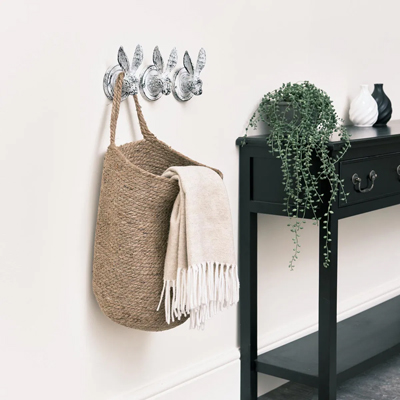 See Everything
See Everything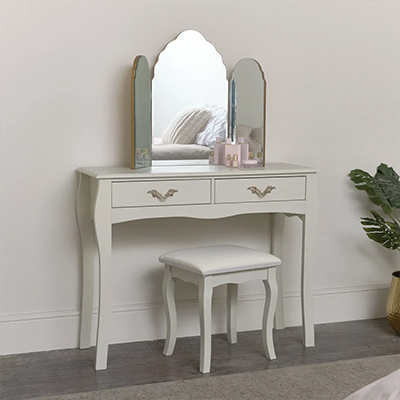 Bestsellers
Bestsellers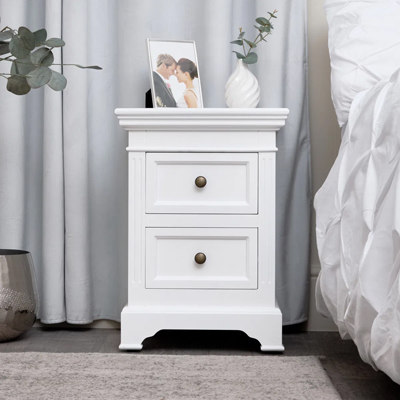 Furniture
Furniture Mirrors
Mirrors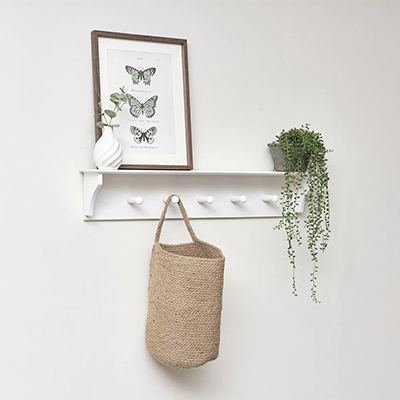 Home Decor & Accessories
Home Decor & Accessories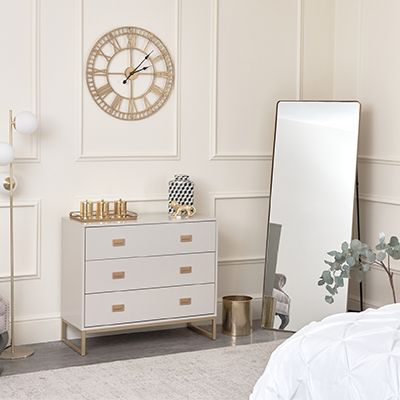 Shop By Room
Shop By Room Back In Stock
Back In Stock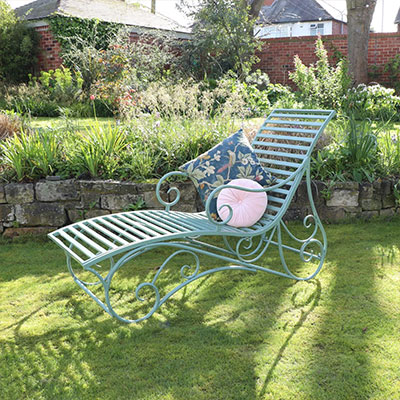 Garden
Garden SALE
SALE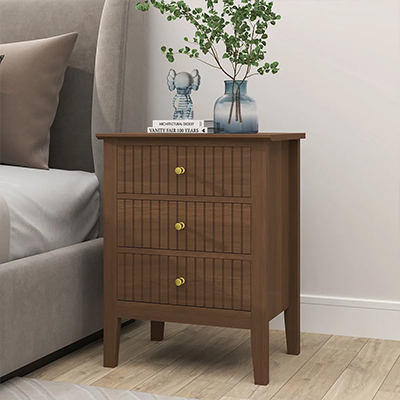 View All Furniture
View All Furniture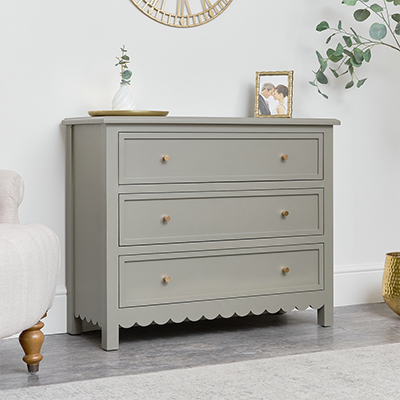 Furniture Ranges
Furniture Ranges 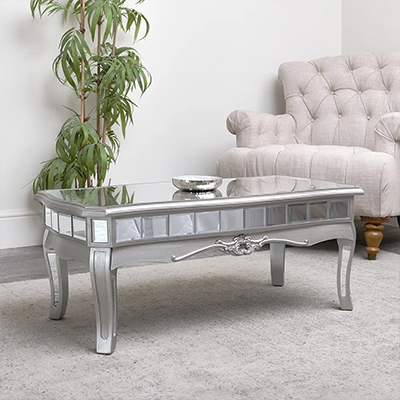 Browse by Colour
Browse by Colour 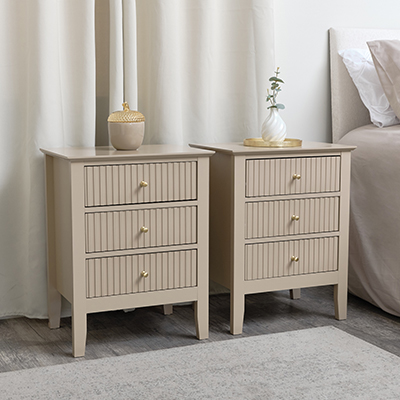 Bedside Tables
Bedside Tables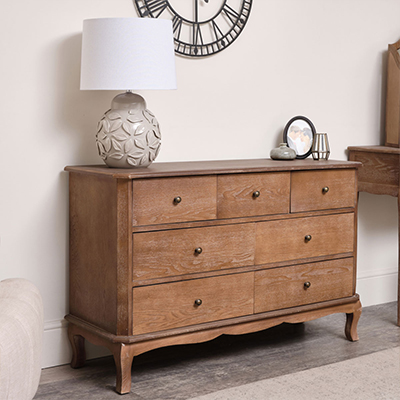 Chest of Drawers
Chest of Drawers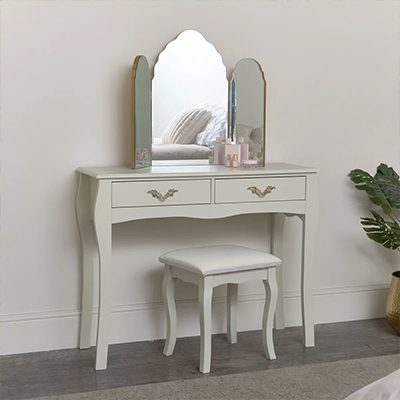 Dressing Tables
Dressing Tables Wardrobes
Wardrobes Furniture Sets
Furniture Sets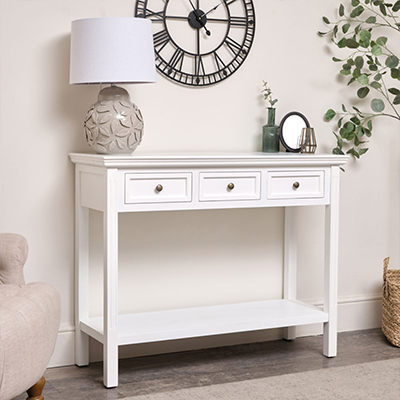 Sideboards & Cupboards
Sideboards & Cupboards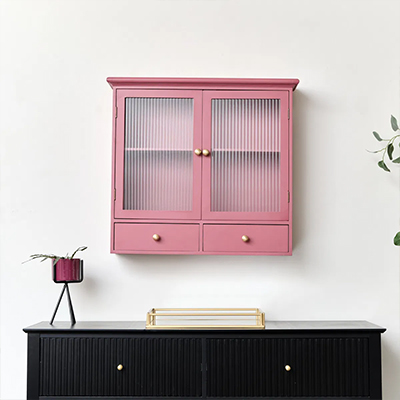 Wall Cabinets & Shelving
Wall Cabinets & Shelving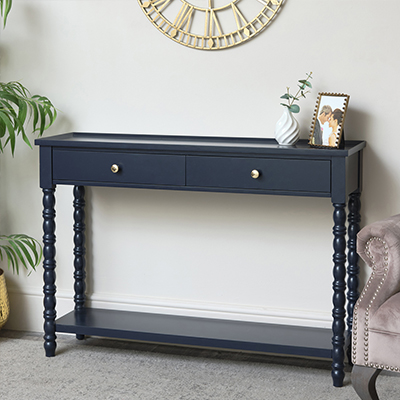 Console Tables
Console Tables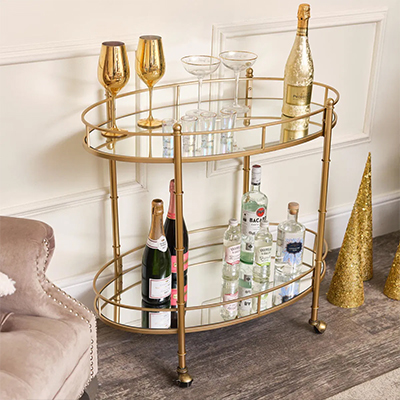 Bar Carts & Drinks Trolleys
Bar Carts & Drinks Trolleys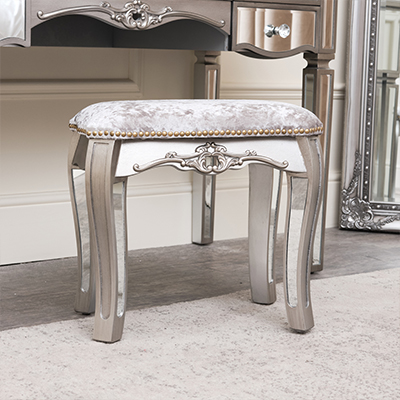 Stools
Stools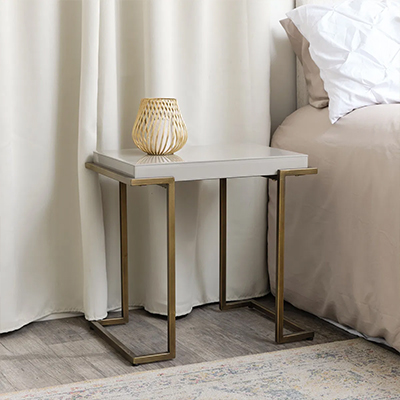 Occasional & Side Tables
Occasional & Side Tables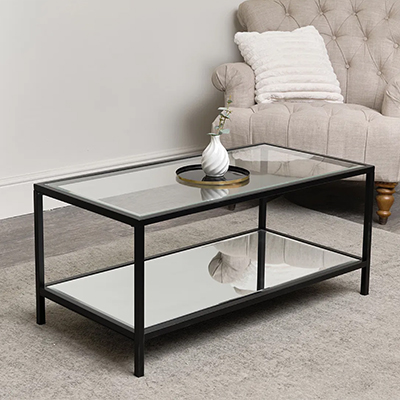 Coffee Tables
Coffee Tables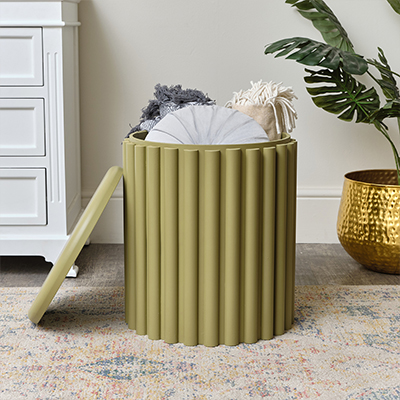 Seating, Sofas & Pouffe
Seating, Sofas & Pouffe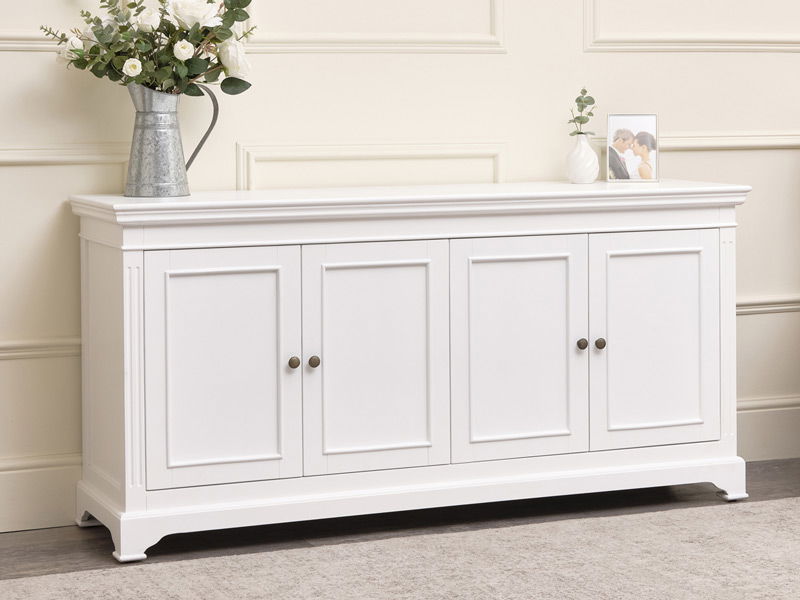
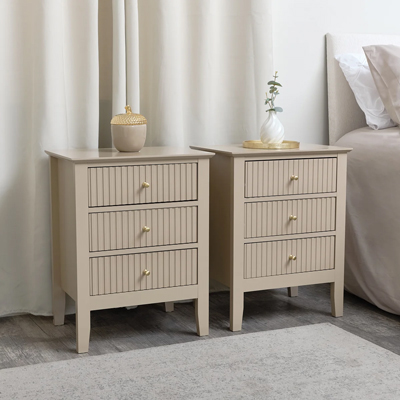 View All Bedroom
View All Bedroom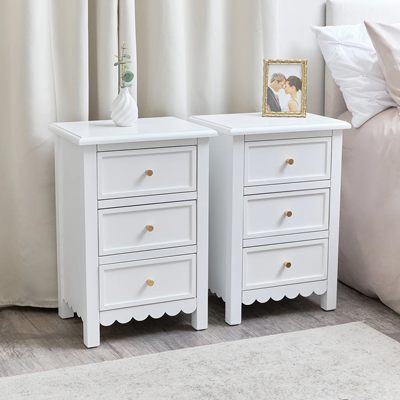 Bedside Tables & Nightstands
Bedside Tables & Nightstands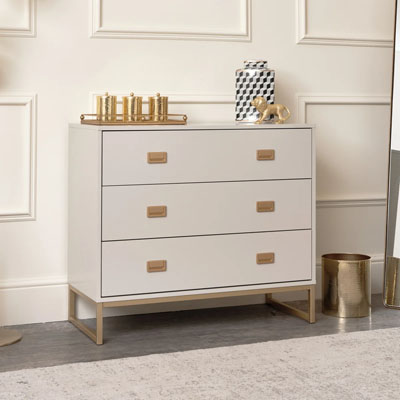 Chest of Drawers
Chest of Drawers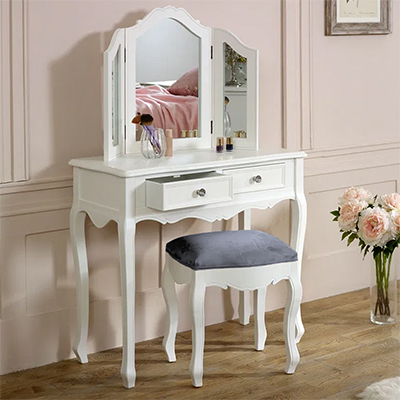 Dressing Tables
Dressing Tables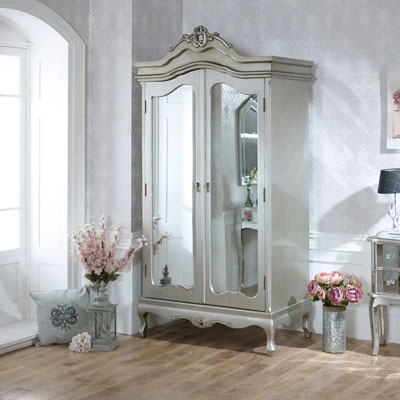 Wardrobes
Wardrobes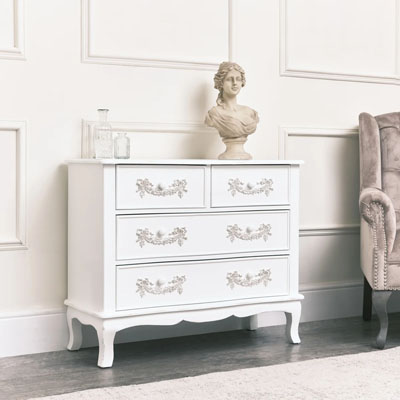 White Bedroom Furniture
White Bedroom Furniture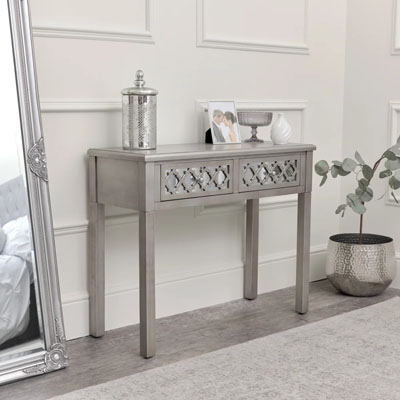 Mirrored Bedroom Furniture
Mirrored Bedroom Furniture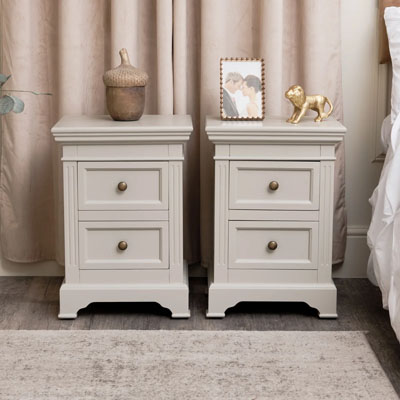 Grey Bedroom Furniture
Grey Bedroom Furniture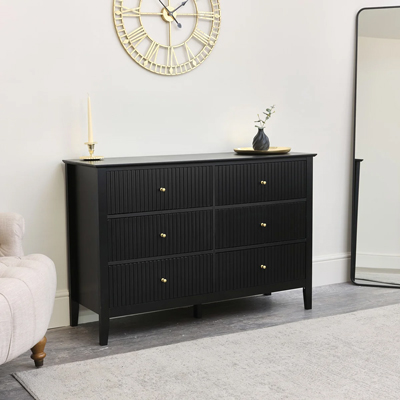 Black Bedroom Furniture
Black Bedroom Furniture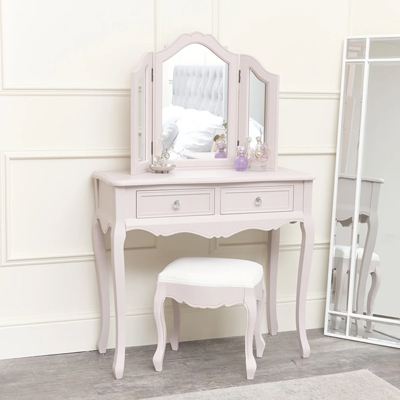 Pink Bedroom Furniture
Pink Bedroom Furniture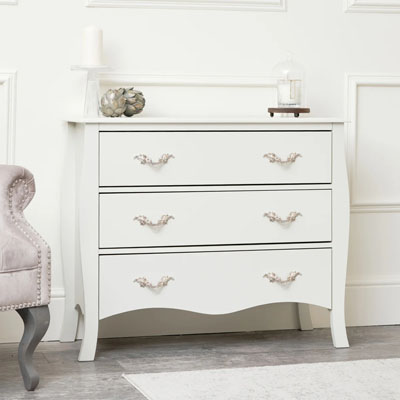 Cream bedroom Furniture
Cream bedroom Furniture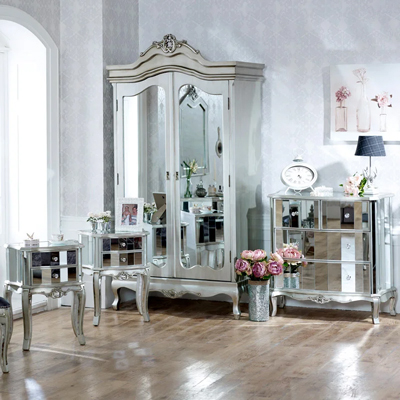 Bedroom Furniture Sets
Bedroom Furniture Sets Dressing Table Mirrors
Dressing Table Mirrors Large Bedroom Mirrors
Large Bedroom Mirrors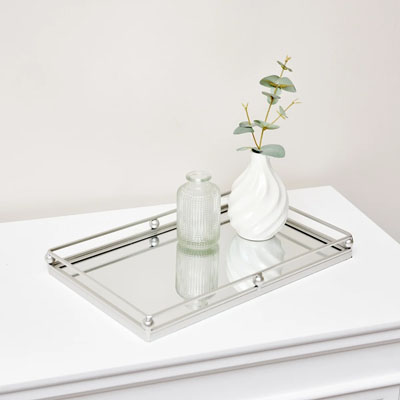 Bedroom Accessories & Shelving
Bedroom Accessories & Shelving View All Living Room
View All Living Room Coffee Tables
Coffee Tables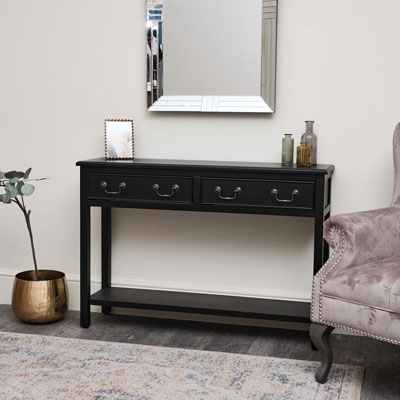 Console, Side & Occasional Tables
Console, Side & Occasional Tables Display Cabinets
Display Cabinets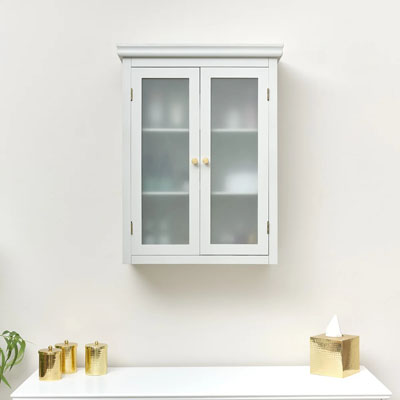 Shelves & Cupboards
Shelves & Cupboards View All Mirrors
View All Mirrors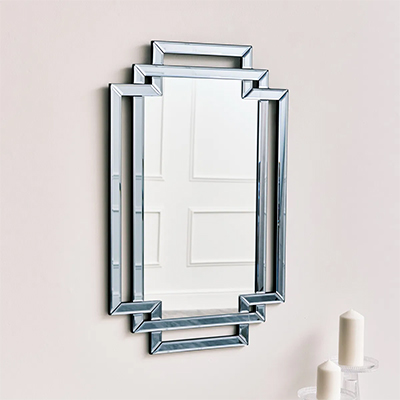 Wall Mirrors
Wall Mirrors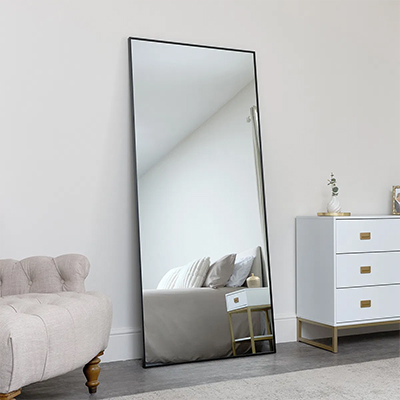 Full Length Mirrors
Full Length Mirrors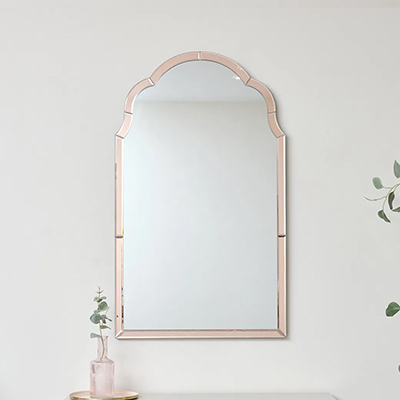 Art Deco Mirrors
Art Deco Mirrors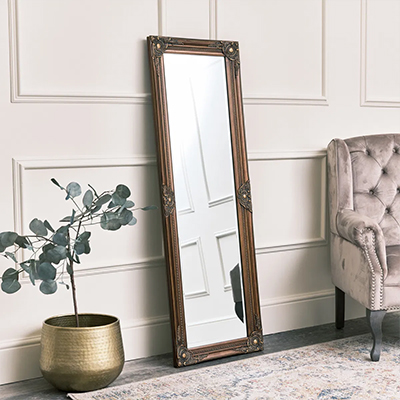 Leaner Mirrors
Leaner Mirrors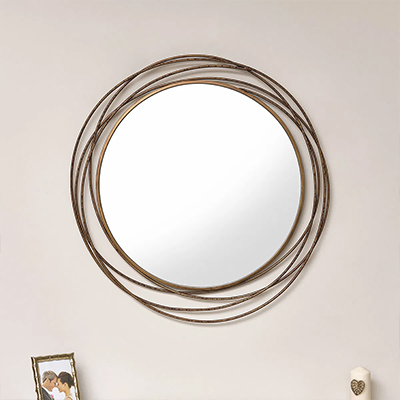 Round Mirrors
Round Mirrors Arched Mirrors
Arched Mirrors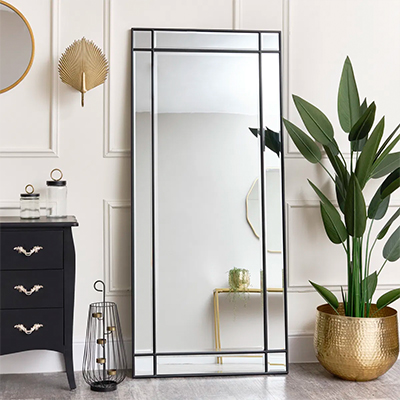 Large Mirrors
Large Mirrors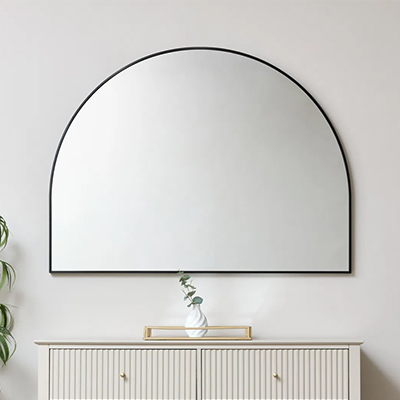 Black Mirrors
Black Mirrors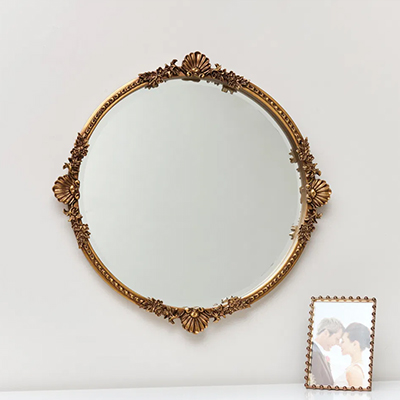 Gold Mirrors
Gold Mirrors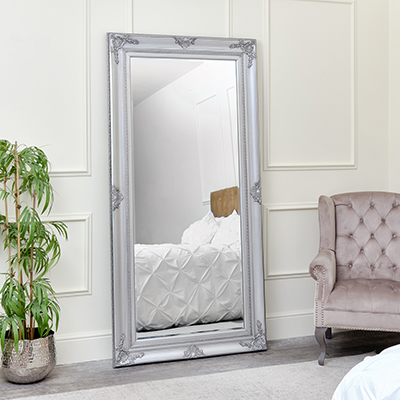 Silver Mirrors
Silver Mirrors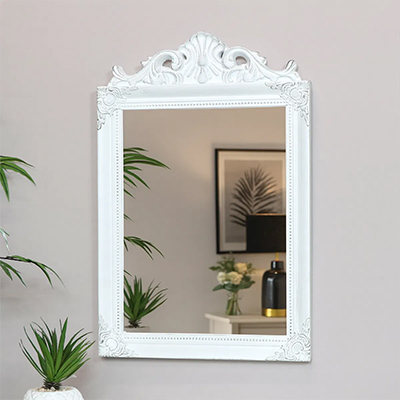 White Mirrors
White Mirrors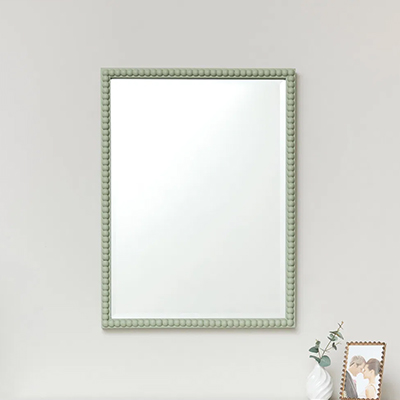 Green Mirrors
Green Mirrors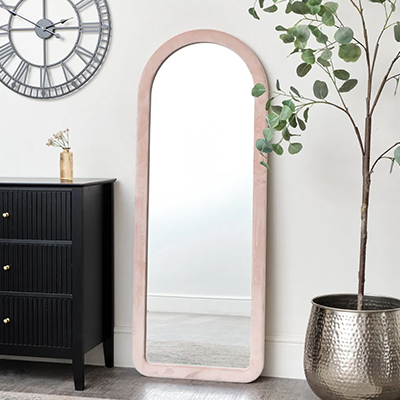 Pink Mirrors
Pink Mirrors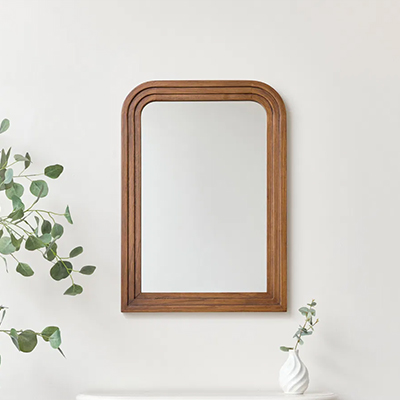 Wooden Mirrors
Wooden Mirrors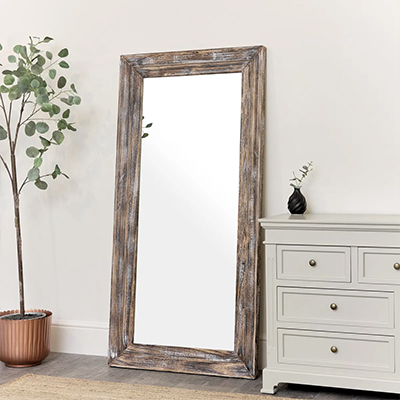 Rustic Mirrors
Rustic Mirrors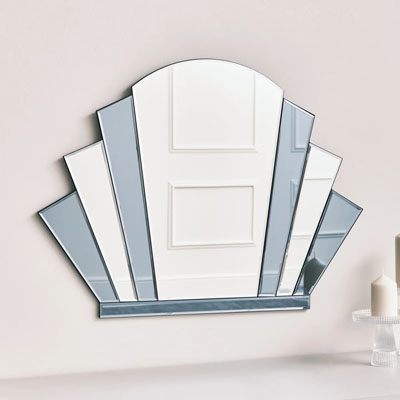 Grey Mirrors
Grey Mirrors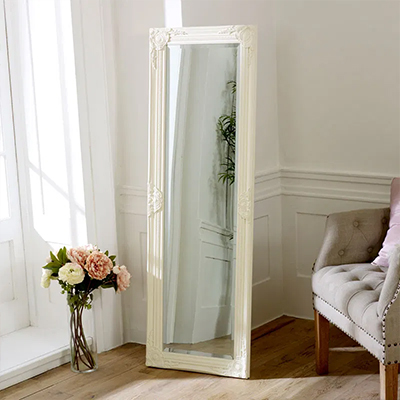 Cream Mirrors
Cream Mirrors Copper Mirrors
Copper Mirrors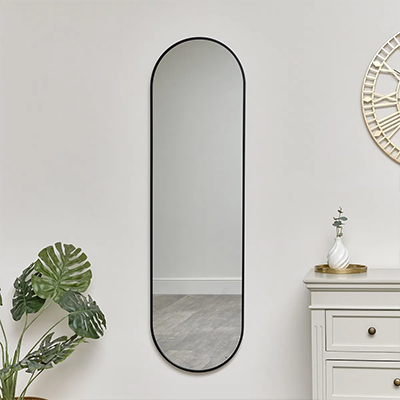 Thin Framed Mirrors
Thin Framed Mirrors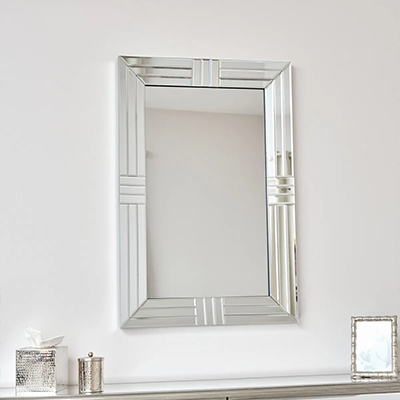 Frameless Mirrors
Frameless Mirrors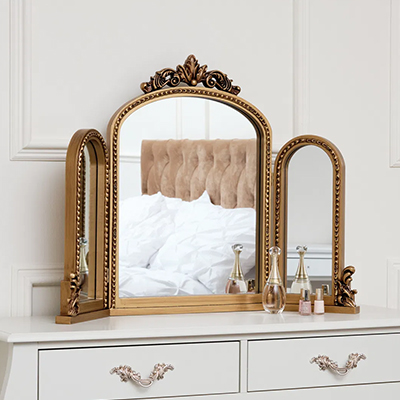 Dressing Table Mirrors
Dressing Table Mirrors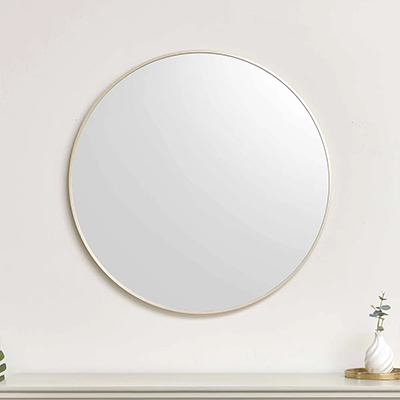 Bathroom Mirrors
Bathroom Mirrors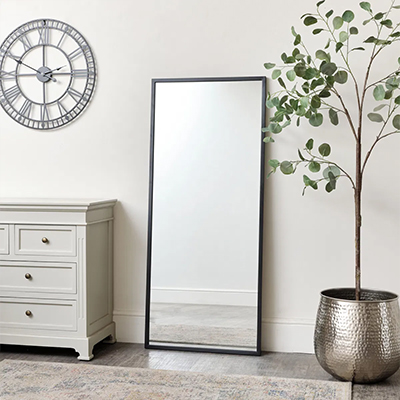 Commercial Mirrors
Commercial Mirrors Salon & Boutique Mirrors
Salon & Boutique Mirrors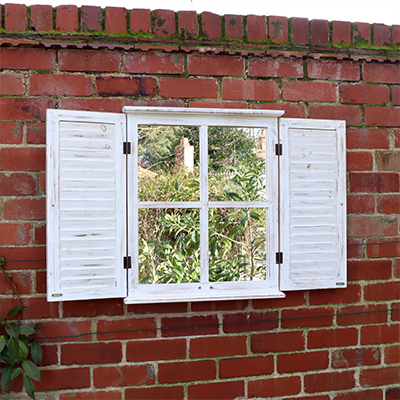 Garden Mirrors
Garden Mirrors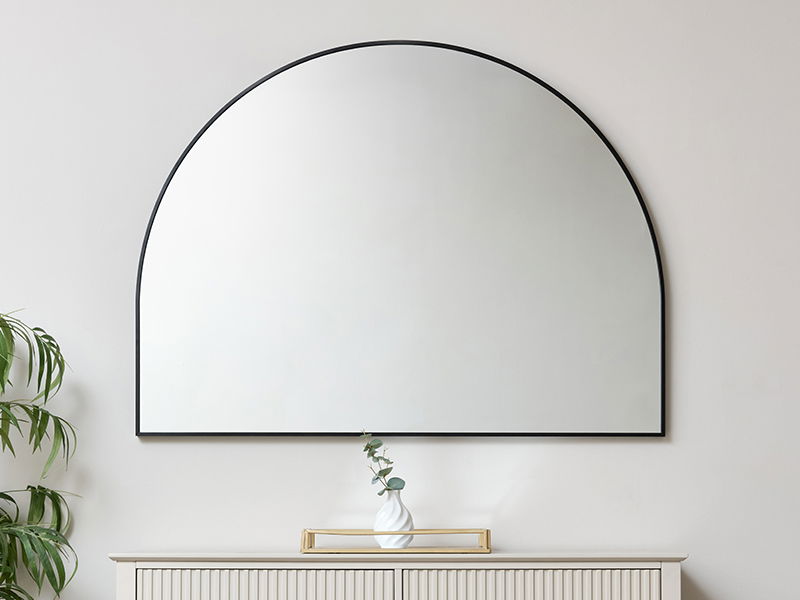
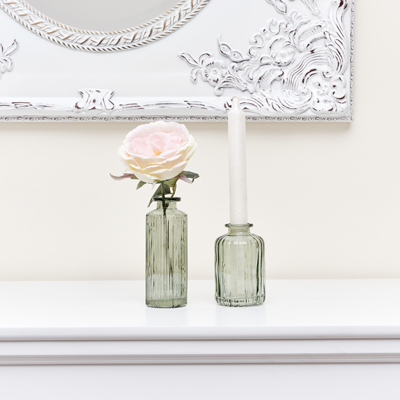 View All Wedding Decor & Candelabras
View All Wedding Decor & Candelabras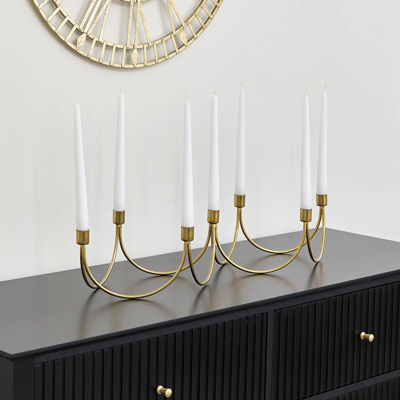 Candelabras & Tealight Holders
Candelabras & Tealight Holders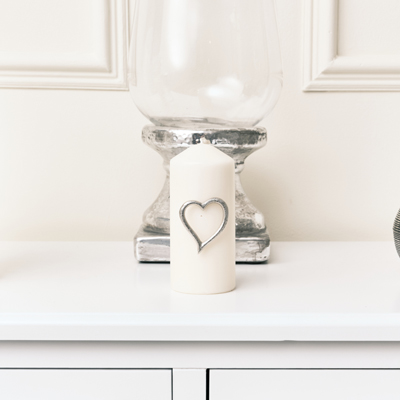 Wedding Table Decor
Wedding Table Decor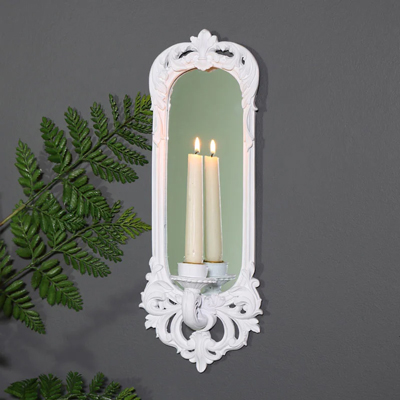 Wedding Decor
Wedding Decor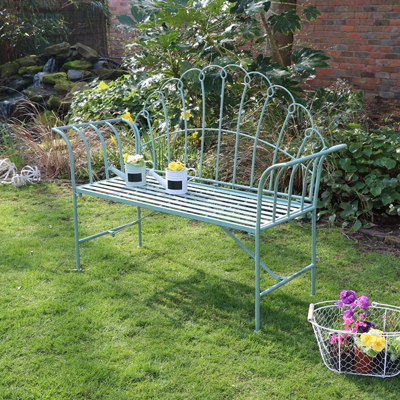 View All Garden & Conservatory
View All Garden & Conservatory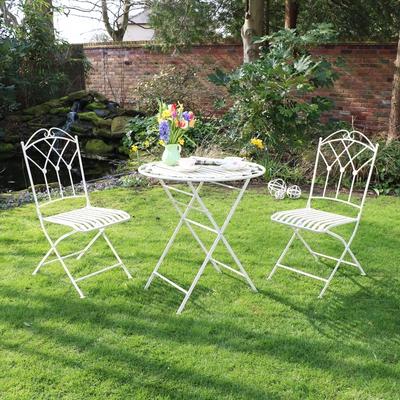 Garden Furniture
Garden Furniture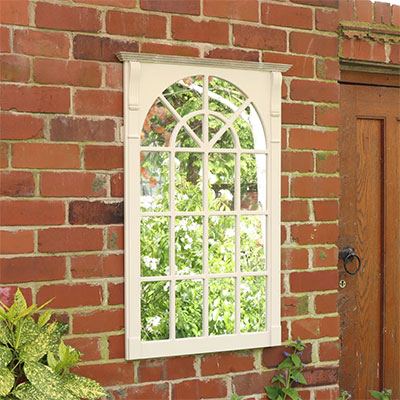 Garden Mirrors
Garden Mirrors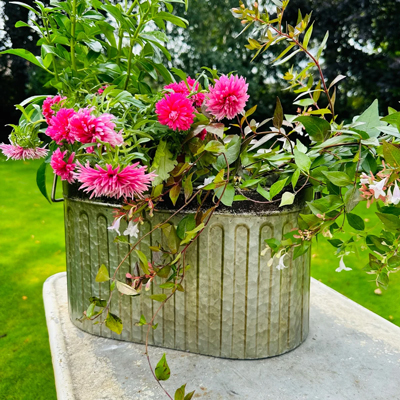 Garden Pots & Planters
Garden Pots & Planters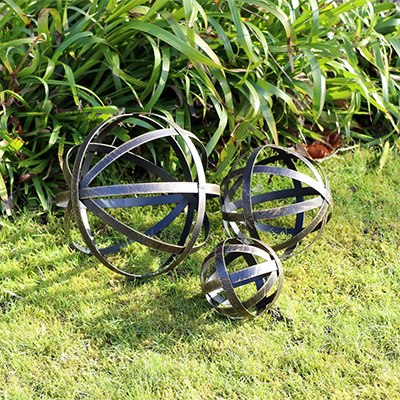 Garden Decor
Garden Decor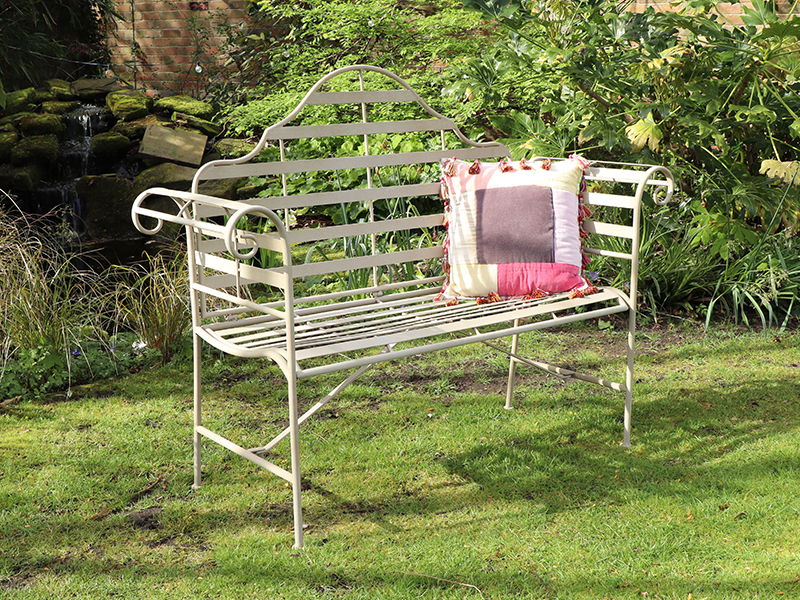
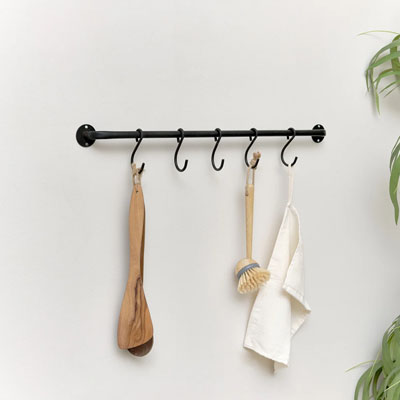 View All Kitchen & Dining
View All Kitchen & Dining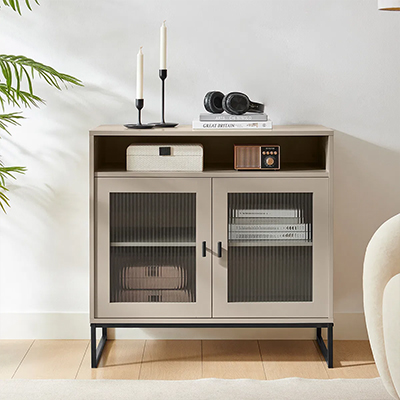 Kitchen Sideboards & Cupboards
Kitchen Sideboards & Cupboards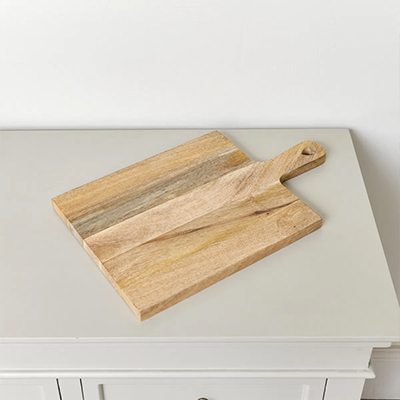 Kitchen & Dining Accessories
Kitchen & Dining Accessories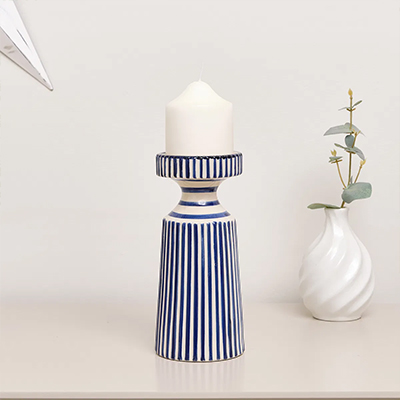 Kitchen Table Decor
Kitchen Table Decor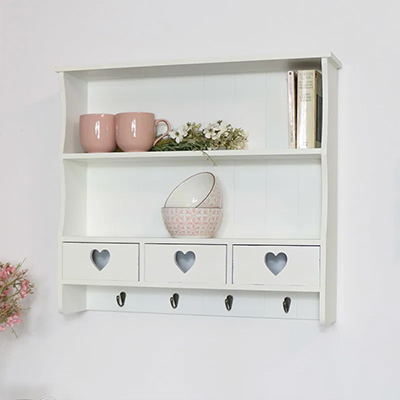 Kitchen Wall Cabinets & Shelves
Kitchen Wall Cabinets & Shelves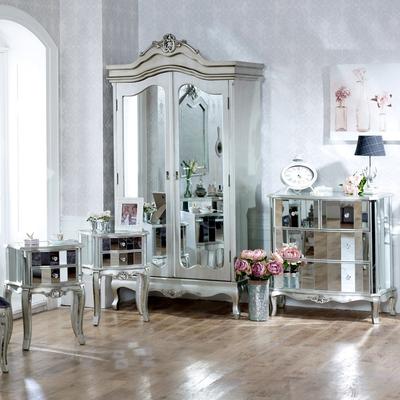 Furniture Sets Sale
Furniture Sets Sale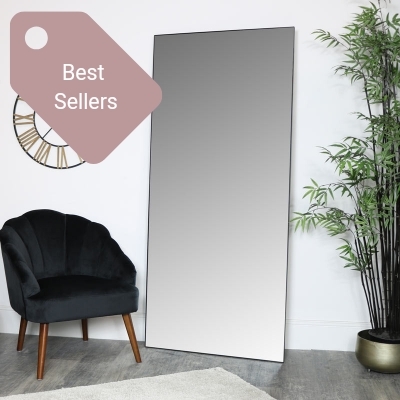 Bestsellers Sale
Bestsellers Sale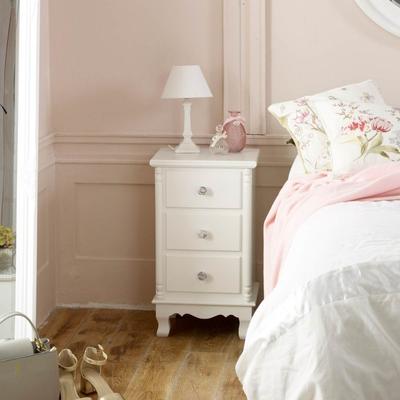 Furniture Sale
Furniture Sale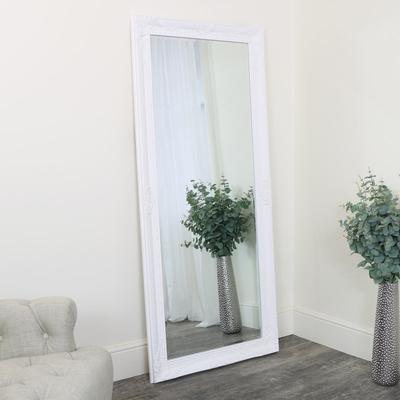 Mirrors Sale
Mirrors Sale Home Accessories Sale
Home Accessories Sale Outlet
Outlet Weekly Offers
Weekly Offers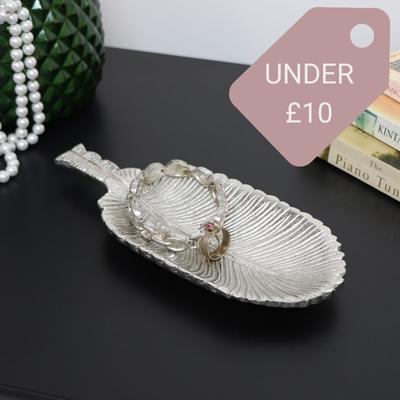 Under £10
Under £10 Under £50
Under £50 Under £100
Under £100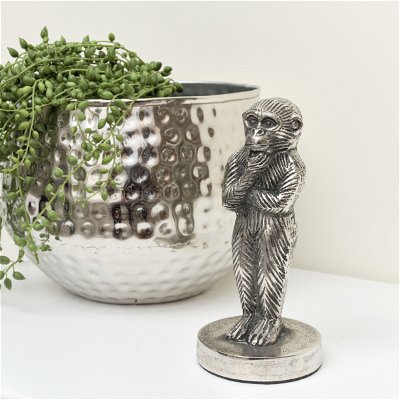 Over 60% off
Over 60% off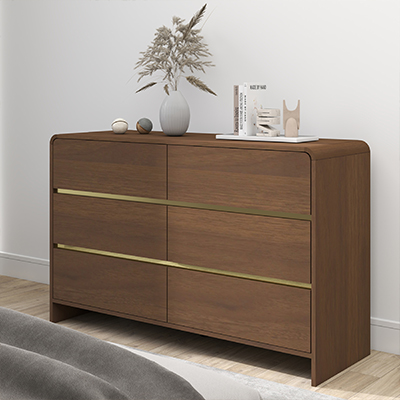 Meridian Walnut Range
Meridian Walnut Range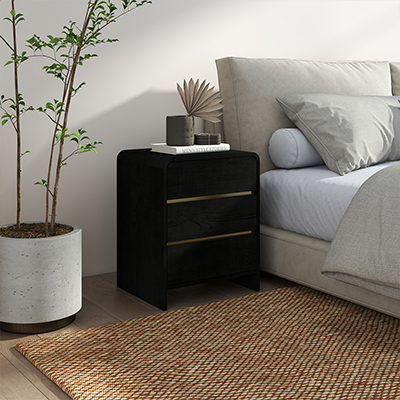 Meridian Black Range
Meridian Black Range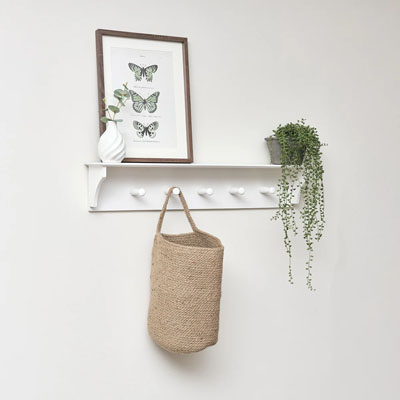 Open Shelves
Open Shelves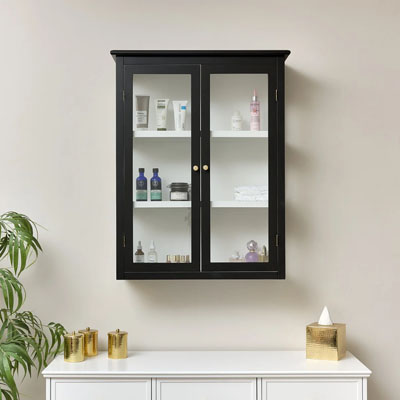 Wall Cabinets
Wall Cabinets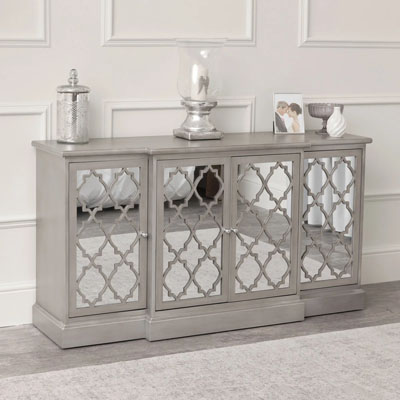 Dressers & Sideboards
Dressers & Sideboards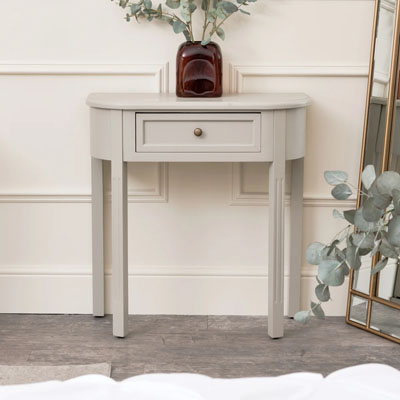 Console & Side Tables
Console & Side Tables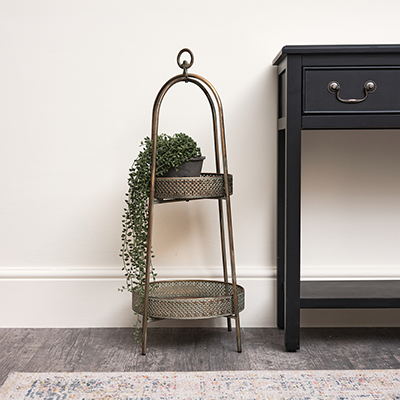 Free Standing Shelves
Free Standing Shelves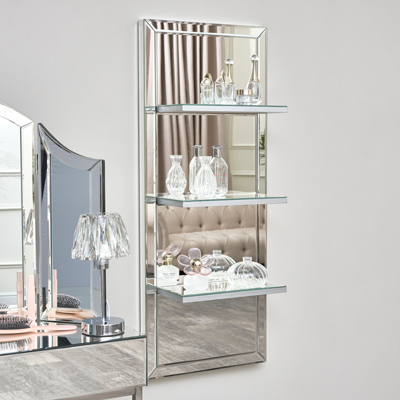 Glass Display Units & Shelving
Glass Display Units & Shelving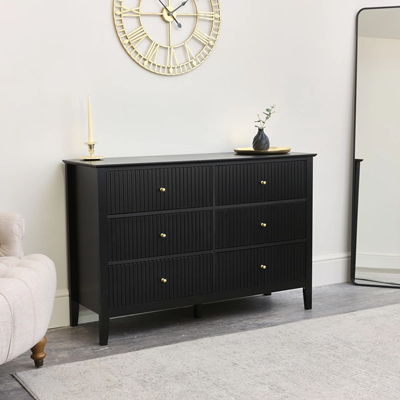 Chests of Drawers
Chests of Drawers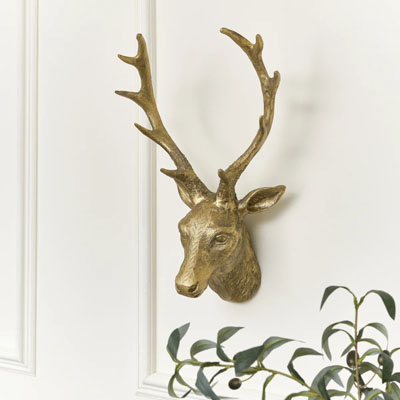 Stag & Animal Heads
Stag & Animal Heads Angel Wings
Angel Wings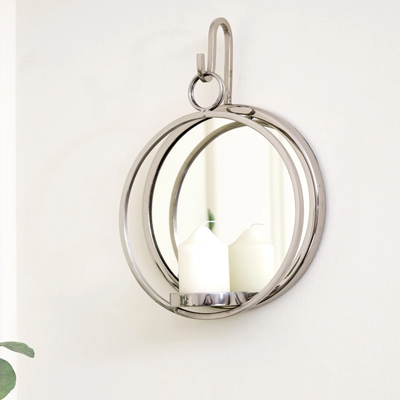 Wall Sconces
Wall Sconces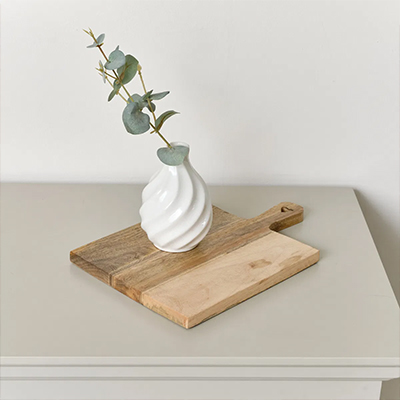 Trays & Trinket Dishes
Trays & Trinket Dishes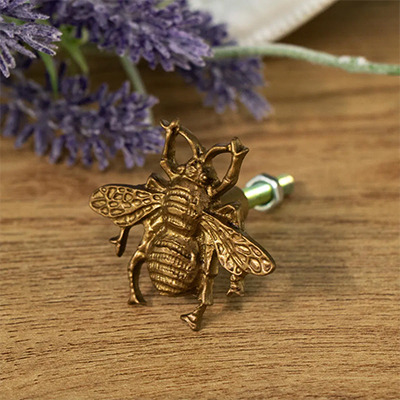 Drawer Knobs
Drawer Knobs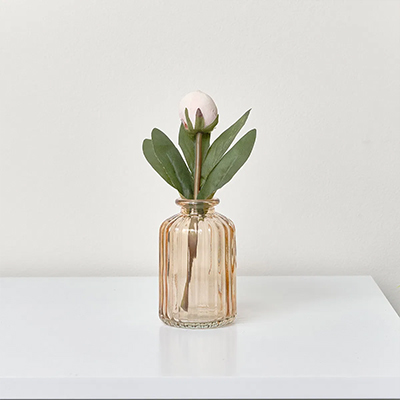 Candle Holders & Candelabras
Candle Holders & Candelabras Vases & Jugs
Vases & Jugs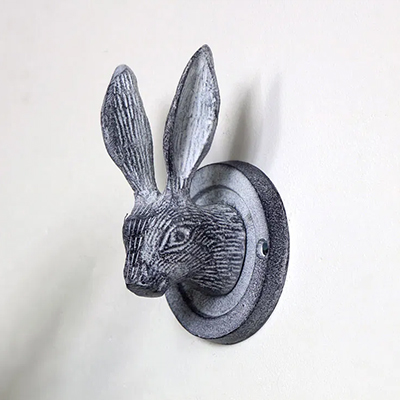 Wall Hooks
Wall Hooks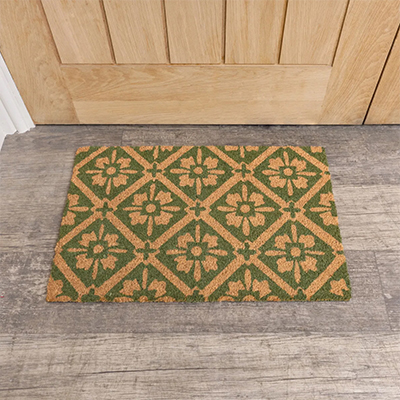 Door Mats
Door Mats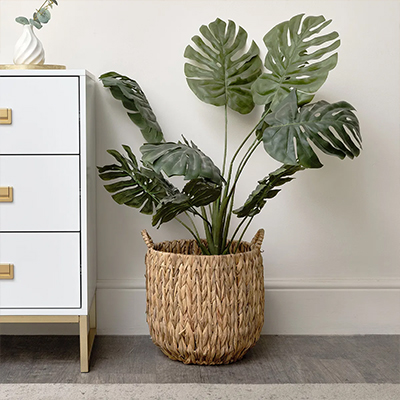 Baskets & Bins
Baskets & Bins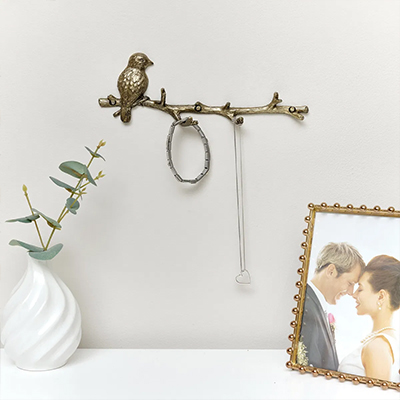 Decorative Accessories
Decorative Accessories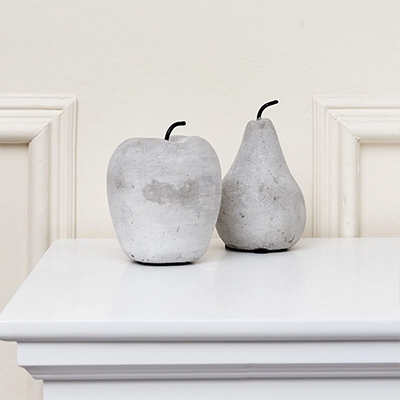 Ornaments
Ornaments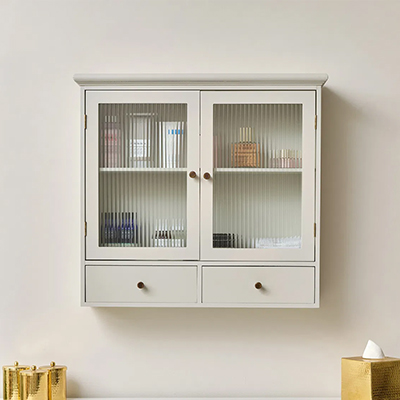 Shelves & Storage
Shelves & Storage 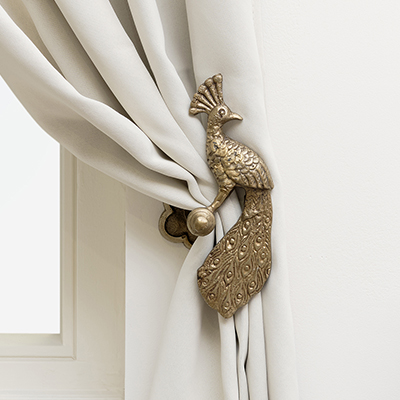 Curtain Tiebacks & Holdbacks
Curtain Tiebacks & Holdbacks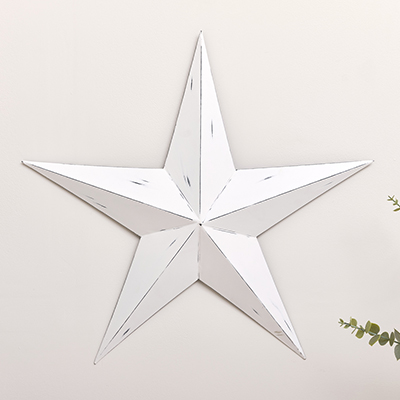 Wall Art & Plaques
Wall Art & Plaques 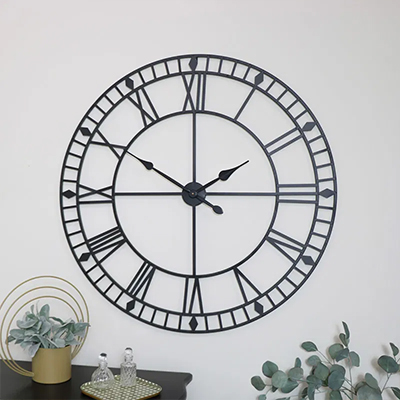 Clocks
Clocks 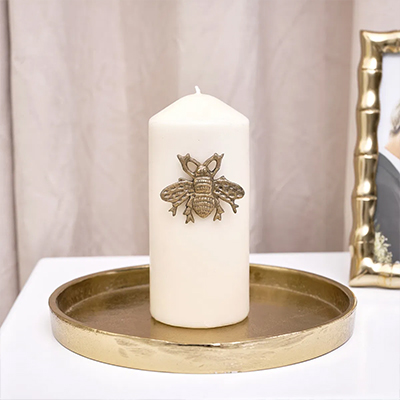 Candles & Candle Pins
Candles & Candle Pins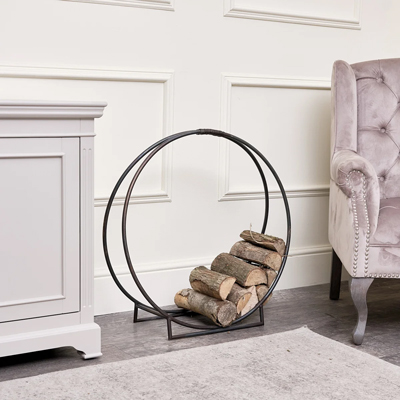 Fireside & Mantel Accessories
Fireside & Mantel Accessories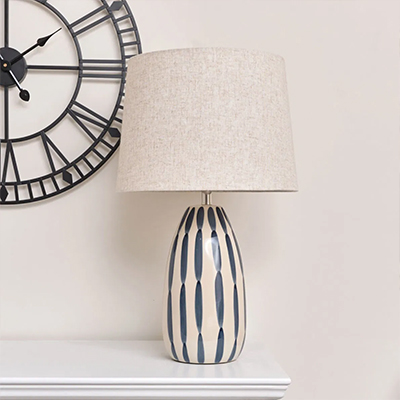 Lighting
Lighting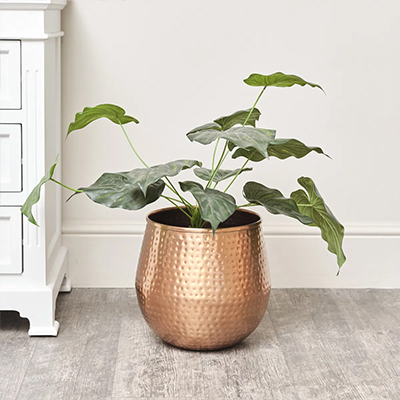 Planters & Pots
Planters & Pots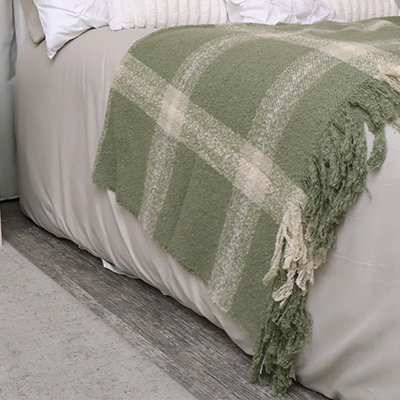 Blanket Throws
Blanket Throws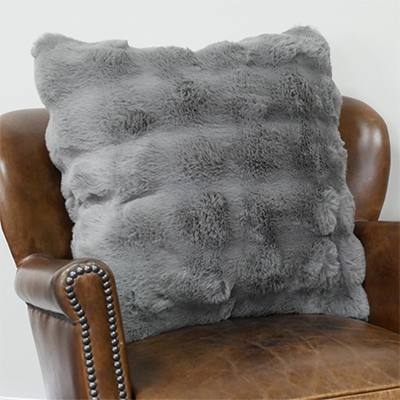 Cushions
Cushions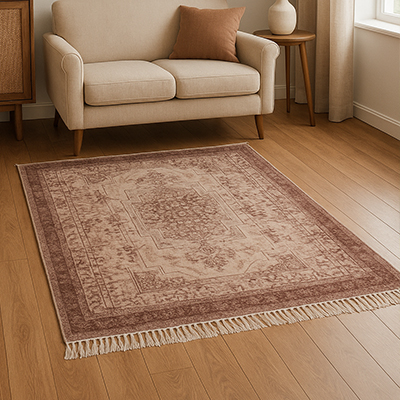 Rugs
Rugs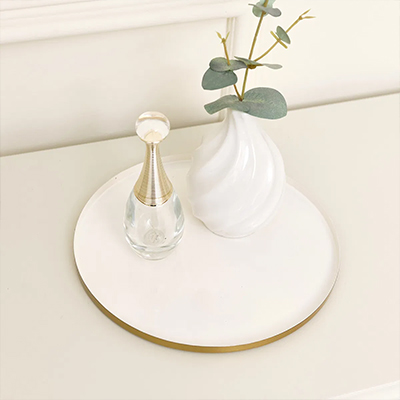 Wedding
Wedding 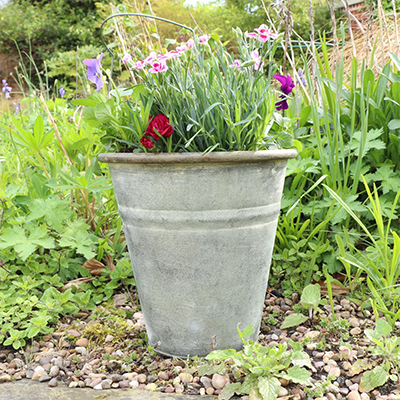 Garden Accessories
Garden Accessories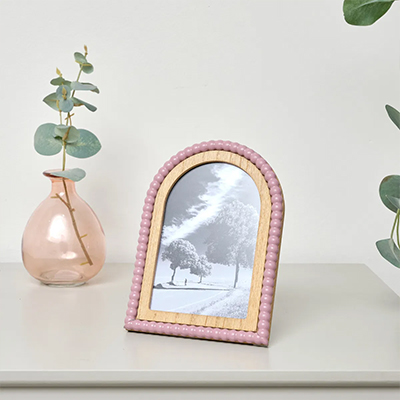 Gifts
Gifts 
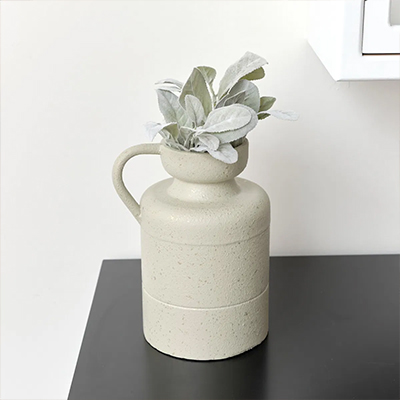 View All Gifts
View All Gifts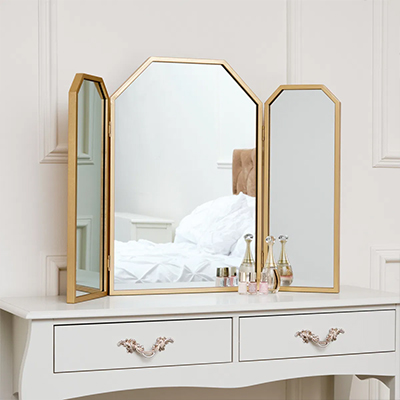 Luxury Gifts
Luxury Gifts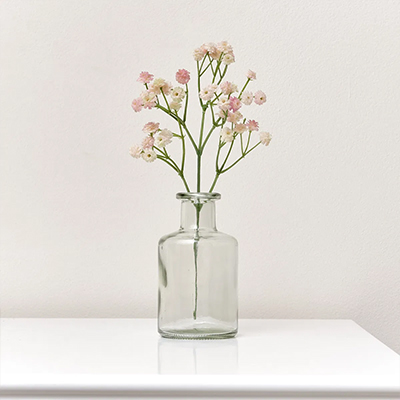 Gifts Under £10
Gifts Under £10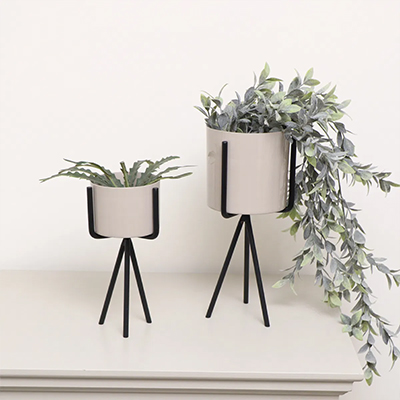 Gifts Under £20
Gifts Under £20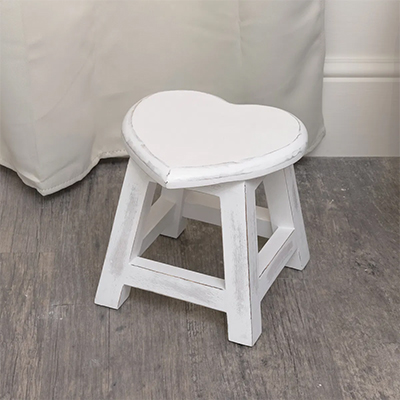 Gifts Under £30
Gifts Under £30 Gifts Under £50
Gifts Under £50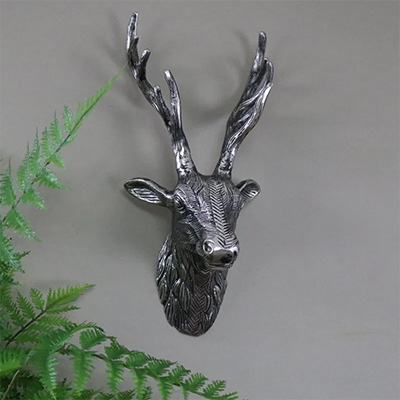 Gifts for Him
Gifts for Him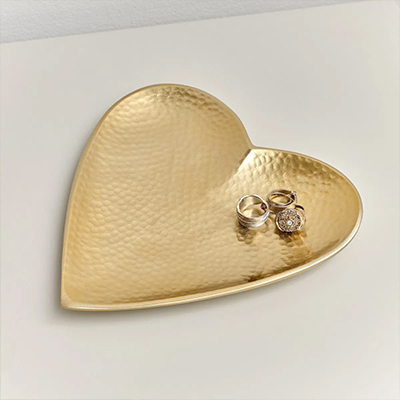 Gifts for Her
Gifts for Her Gift Vouchers & Gift Cards
Gift Vouchers & Gift Cards Elle Range
Elle Range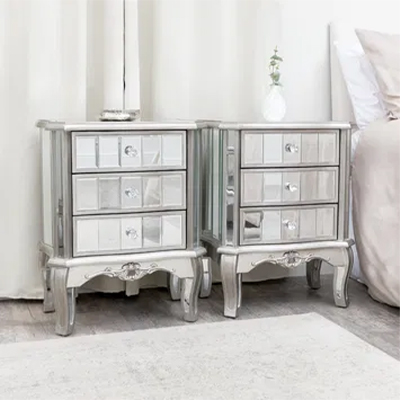 Tiffany Range
Tiffany Range Daventry Range
Daventry Range Pays Blanc Range
Pays Blanc Range Hales Range
Hales Range Ashwell Range
Ashwell Range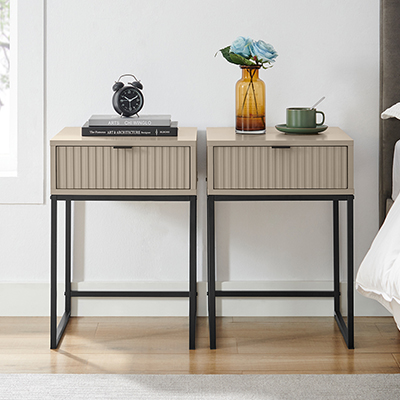 Hesley Range
Hesley Range Victoria Range
Victoria Range Hessian Range
Hessian Range Sabrina Range
Sabrina Range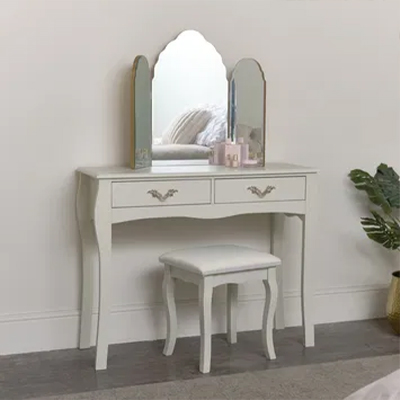 Elizabeth Range
Elizabeth Range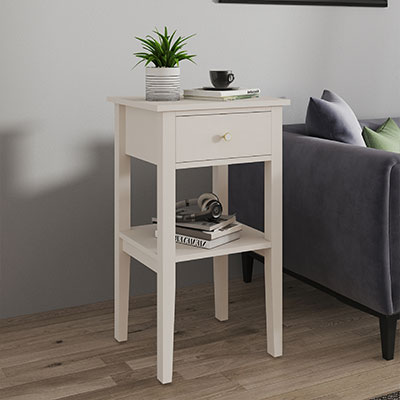 Abbey Range
Abbey Range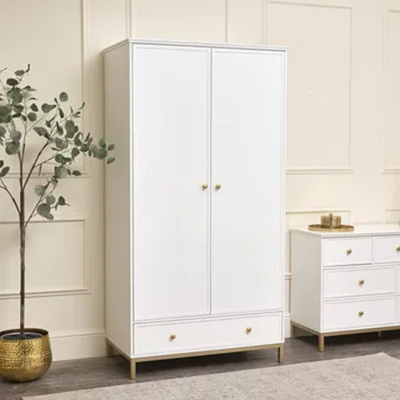 Aisby White Range
Aisby White Range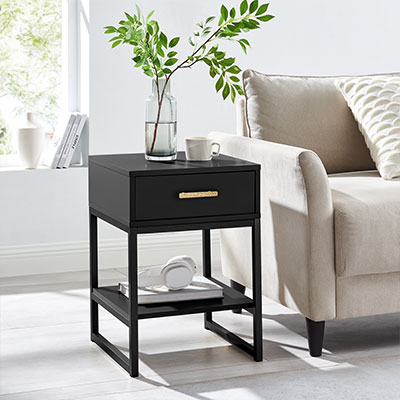 Luna Range
Luna Range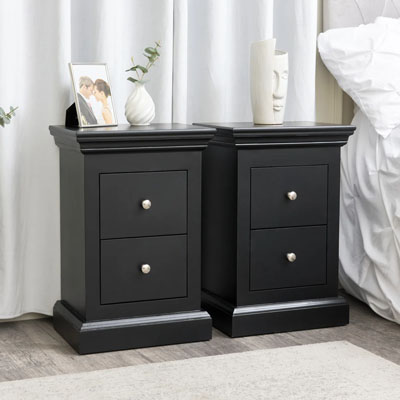 Slimline Haxey Range
Slimline Haxey Range Staunton Range
Staunton Range Venus Range
Venus Range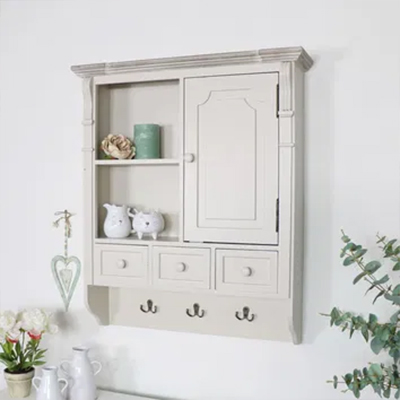 Lyon Range
Lyon Range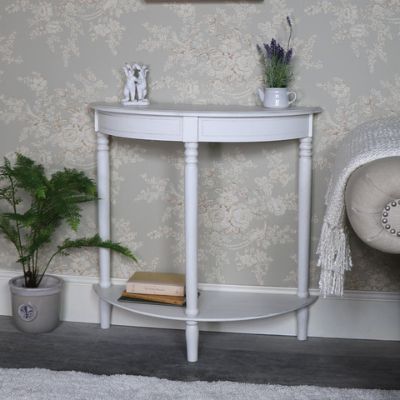 Mia Range
Mia Range Industrial Range
Industrial Range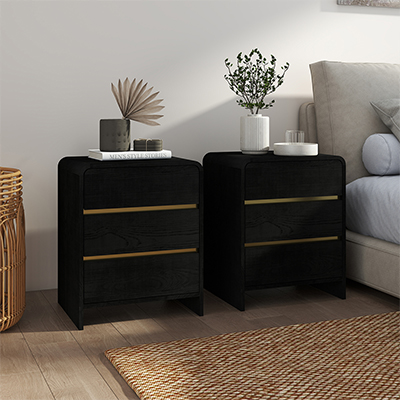 Meridian Range
Meridian Range 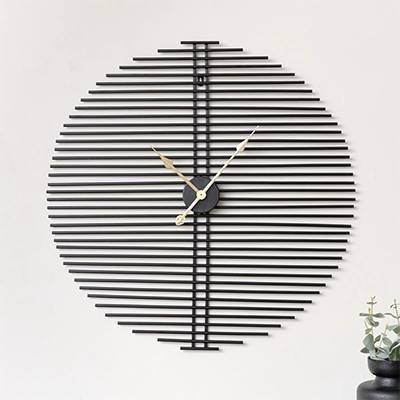 Oswin Range
Oswin Range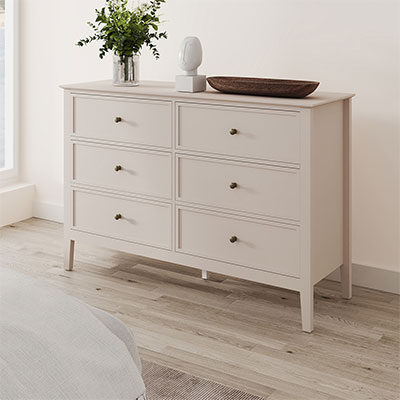 Rowley Range
Rowley Range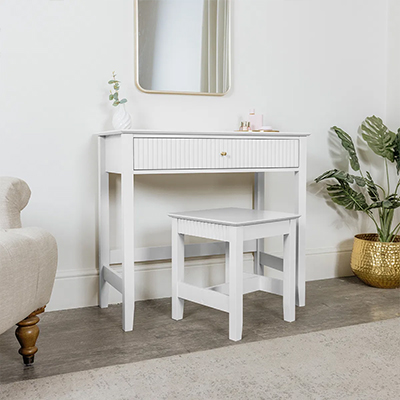 White Furniture
White Furniture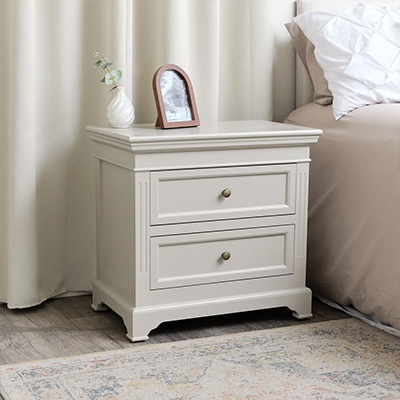 Taupe Furniture
Taupe Furniture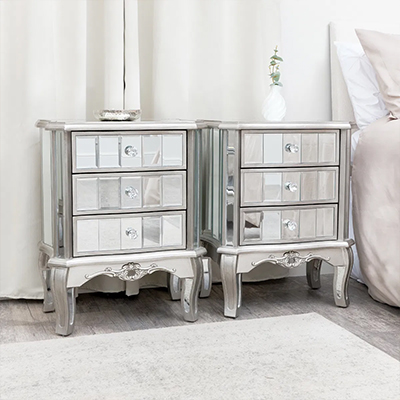 Mirrored Furniture
Mirrored Furniture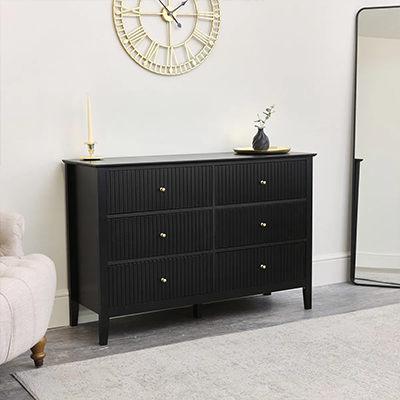 Black Furniture
Black Furniture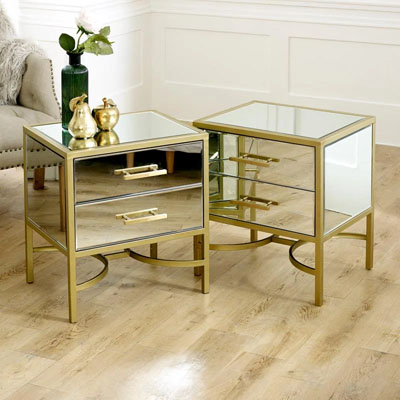 Gold Furniture
Gold Furniture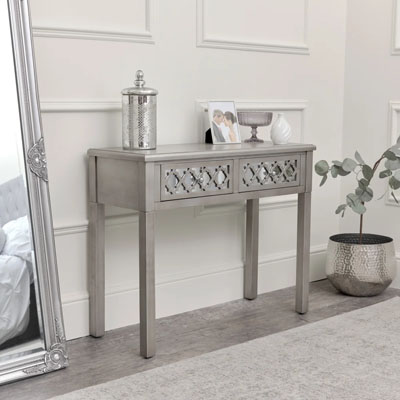 Silver Furniture
Silver Furniture Cream Furniture
Cream Furniture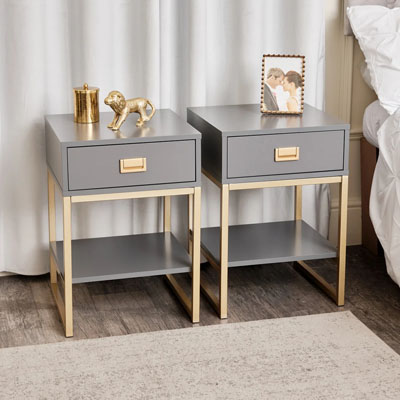 Grey Furniture
Grey Furniture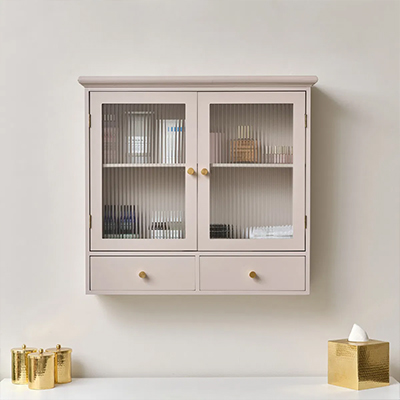 Pink Furniture
Pink Furniture Green Furniture
Green Furniture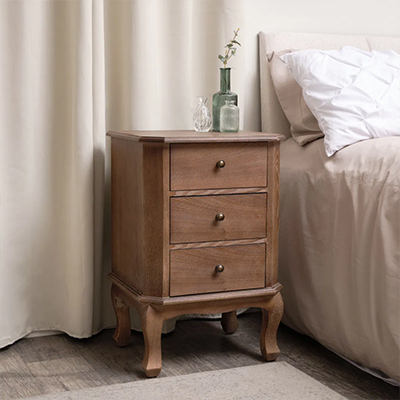 Wooden Furniture
Wooden Furniture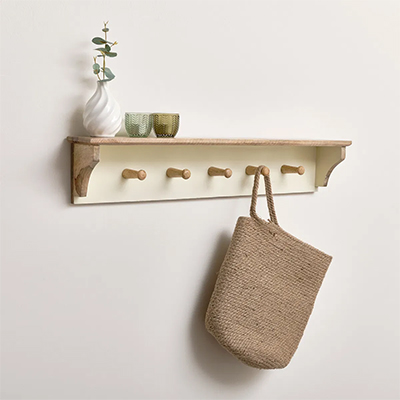 Bathroom Cabinets, Shelves & Storage
Bathroom Cabinets, Shelves & Storage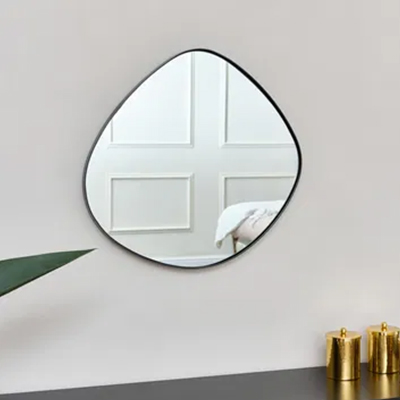 Bathroom Mirrors
Bathroom Mirrors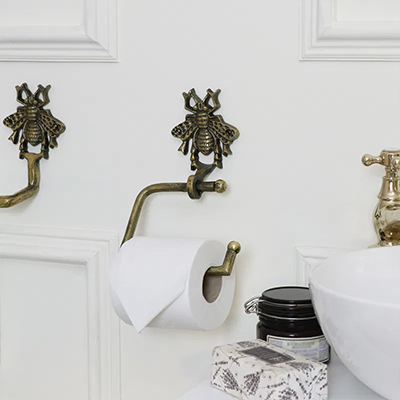 Bathroom Accessories
Bathroom Accessories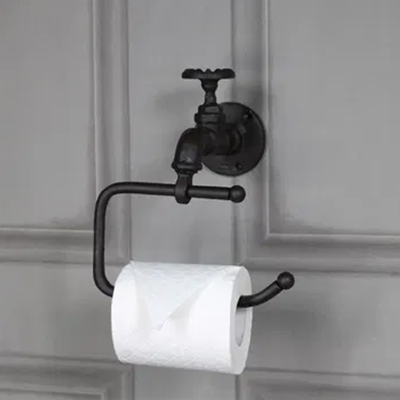 Toilet Roll Holders
Toilet Roll Holders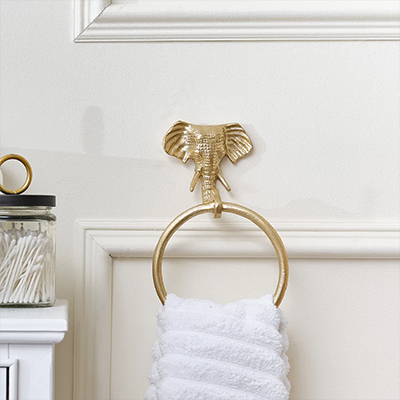 Towel Rails, Rings & Holders
Towel Rails, Rings & Holders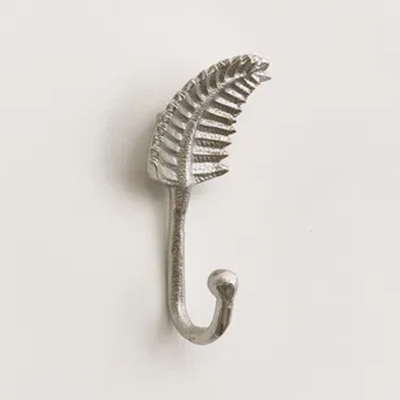 Wall Hooks & Rails
Wall Hooks & Rails Bedroom
Bedroom 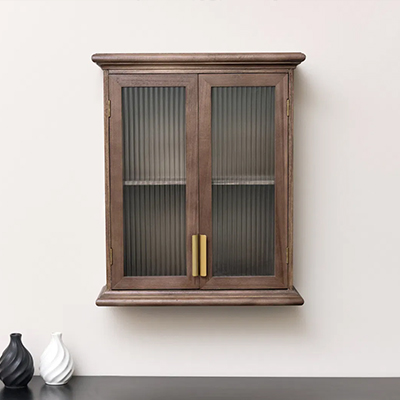 Bathroom
Bathroom 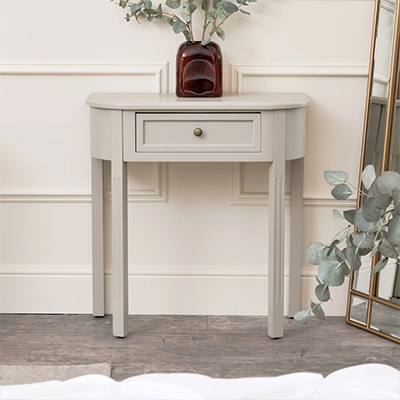 Living Room
Living Room 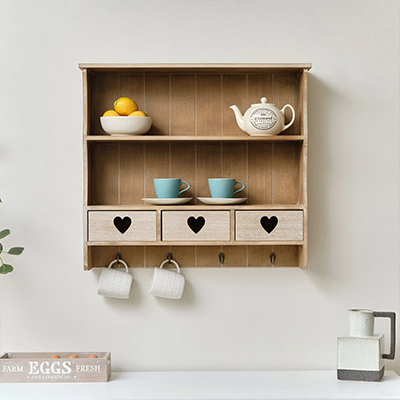 Kitchen & Dining
Kitchen & Dining  Hallway
Hallway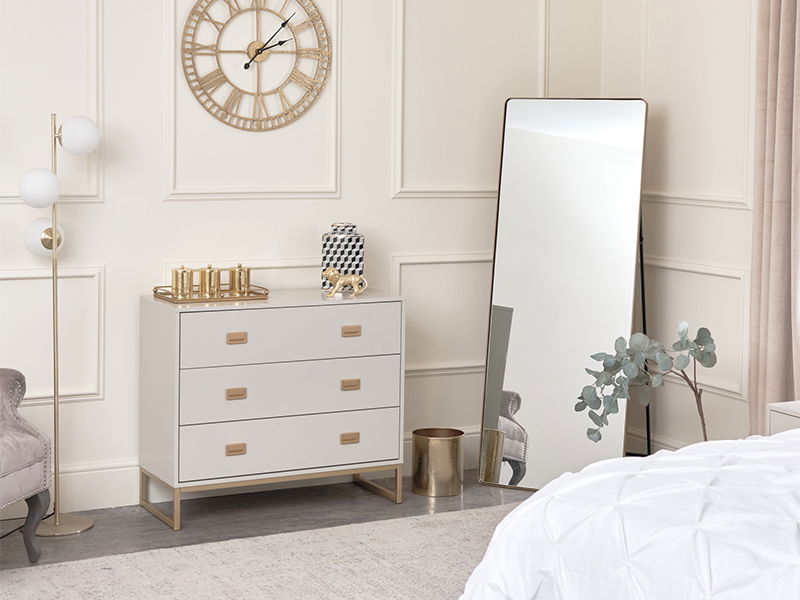
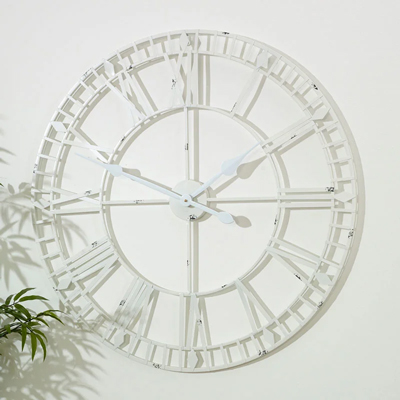 Skeleton Clocks
Skeleton Clocks